

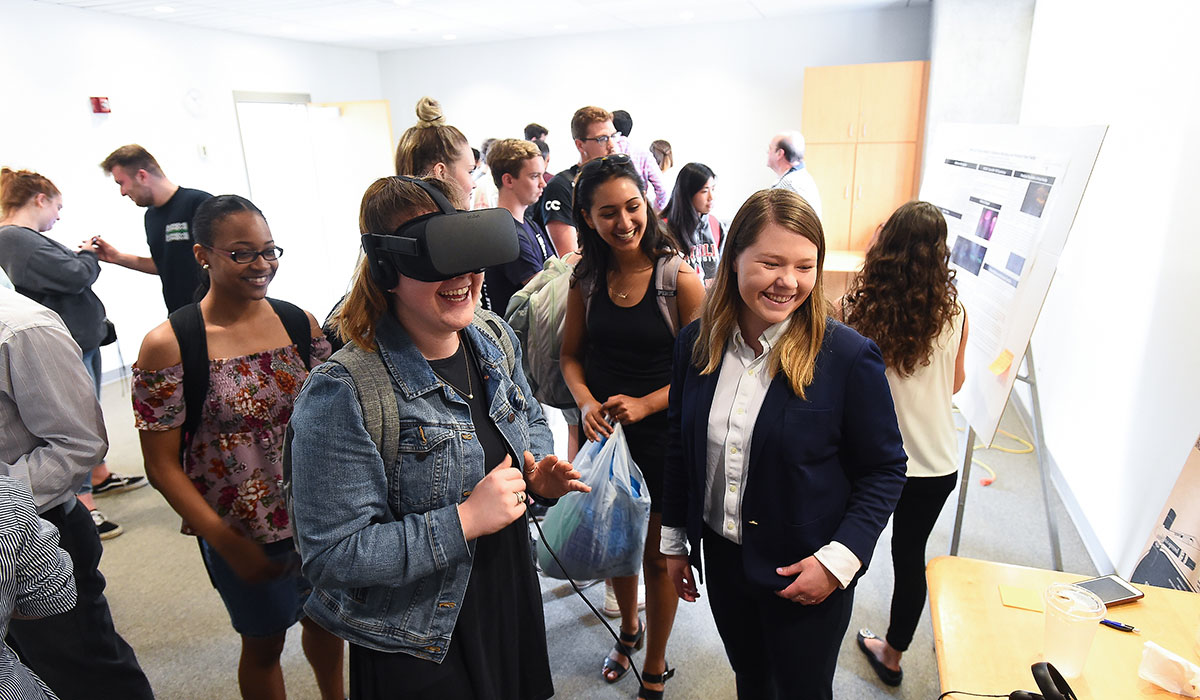
The Catholic University of America was founded as a papally chartered graduate and research center in 1887, a time when American higher education broadly offered a relatively limited and primarily undergraduate-focused curriculum. When it added its own undergraduate program in 1904, the University’s reputation for quality research and close student-faculty collaboration was well-established and growing. That tradition is only more ingrained today, more than a century later, in the many laboratories, ideation studios, and design, fabrication, and testing facilities found throughout campus. So central is research to our identity, in 2015 the University established the increasingly popular (and not just because classes are suspended) Research Day to celebrate the intellectual vitality of students and faculty across the scientific, scholarly, and artistic spectra.
Look back on Research Day 2019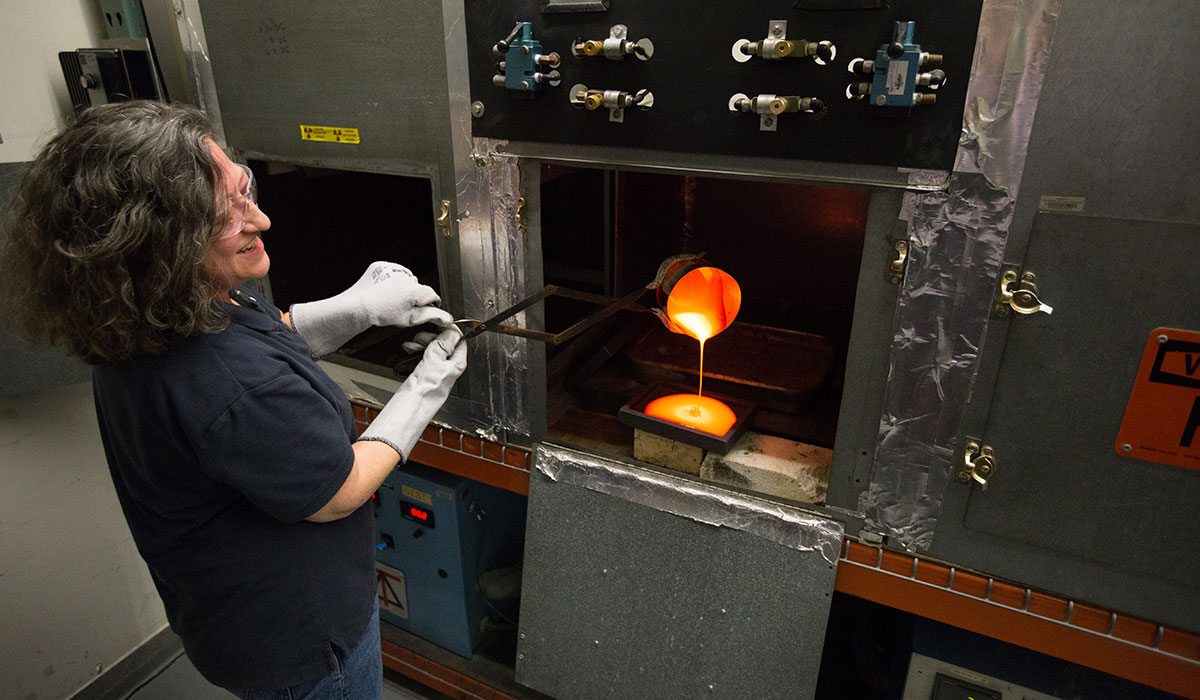
Researchers with CatholicU’s Vitreous State Laboratory pioneered the technology the U.S. Department of Energy is using to clean up the Cold War-era, plutonium-producing Hanford nuclear reservation in Washington State — one of the largest environmental cleanup efforts in history. Their solution is to turn dangerous nuclear waste into glass.
Read more about the nuclear waste cleanup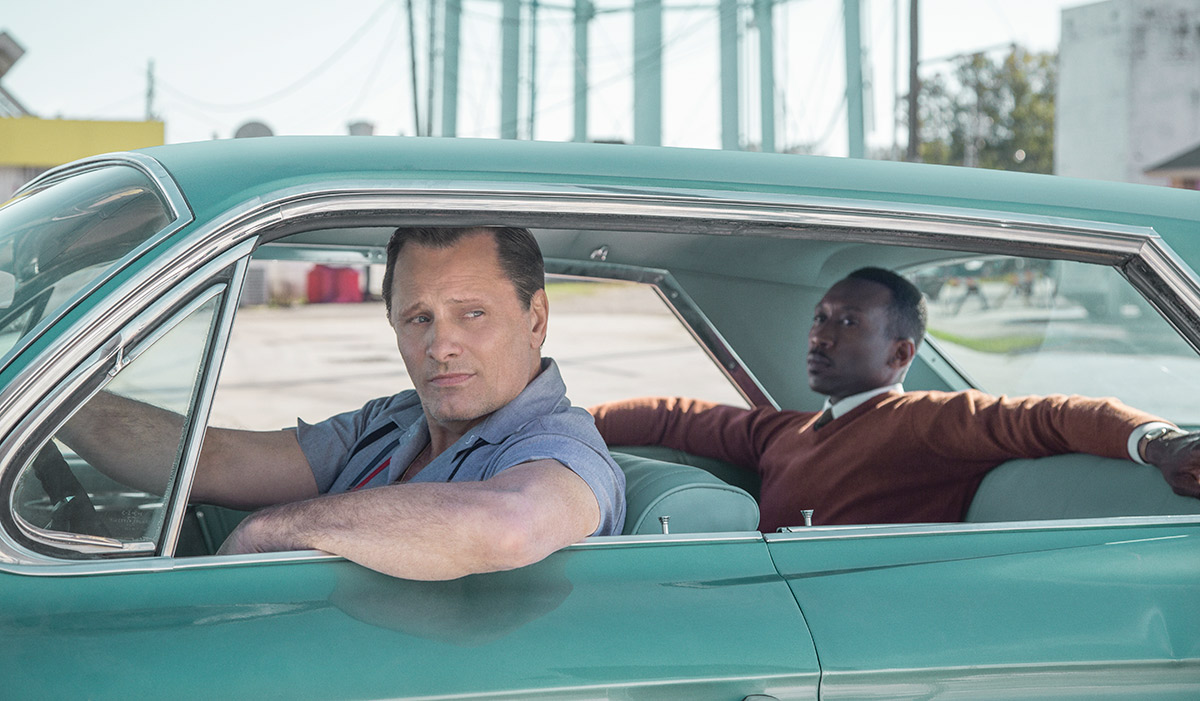
The Rome School of Music, Drama, and Art at Catholic University has produced two Best Actor Oscar winners (Jon Voight ’60 and Susan Sarandon ‘68), seven Tony Award winners, two Pulitzer Prize-winning playwrights, and even has a major connection to the 2019 Academy Award Best Picture-winning Green Book. Classical and jazz pianist and composer Donald Shirley, portrayed in the movie by Best Supporting Actor Mahershala Ali, earned his bachelor’s degree in music from CatholicU in 1953. Today, students and graduates of the Rome School continue to find leading roles — in front of the audience and behind-the-scenes — with theatre companies, orchestras and symphonies, ensembles, art galleries, museums, and performance venues around the world.
Learn more about the Rome School of Music, Drama, and Art
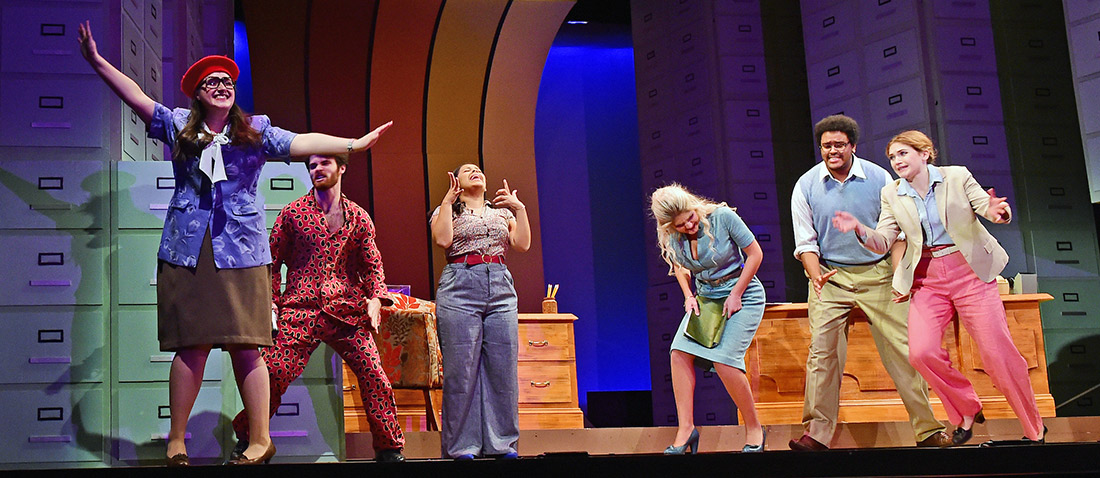
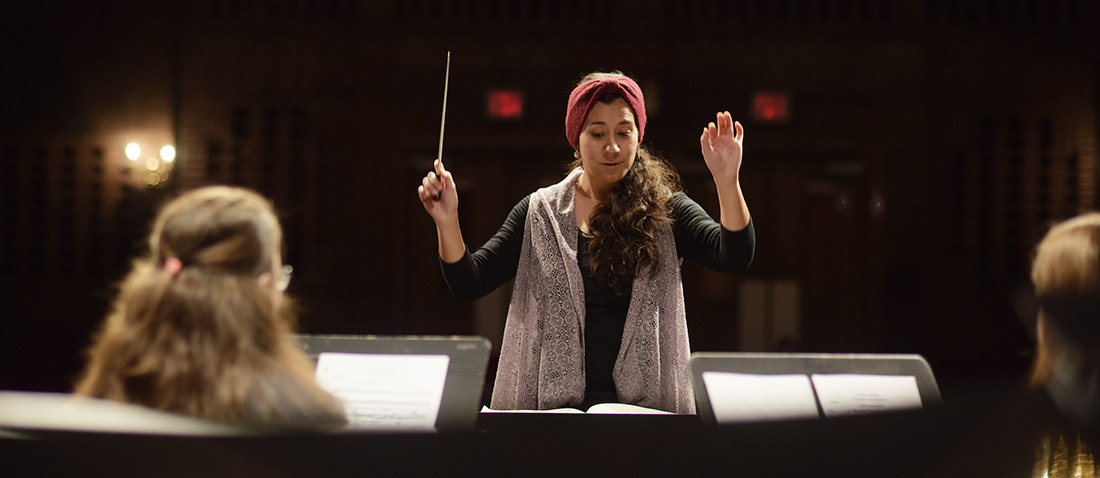
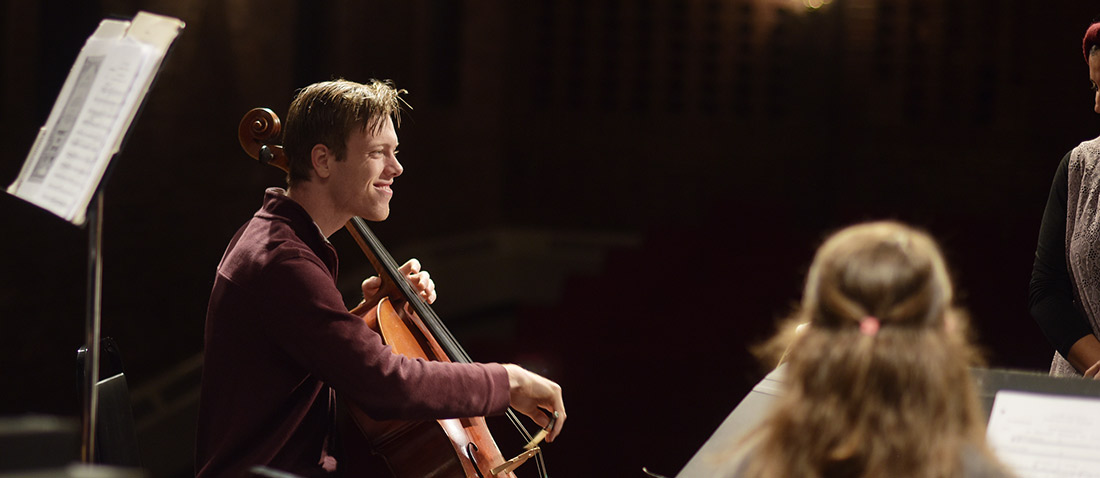
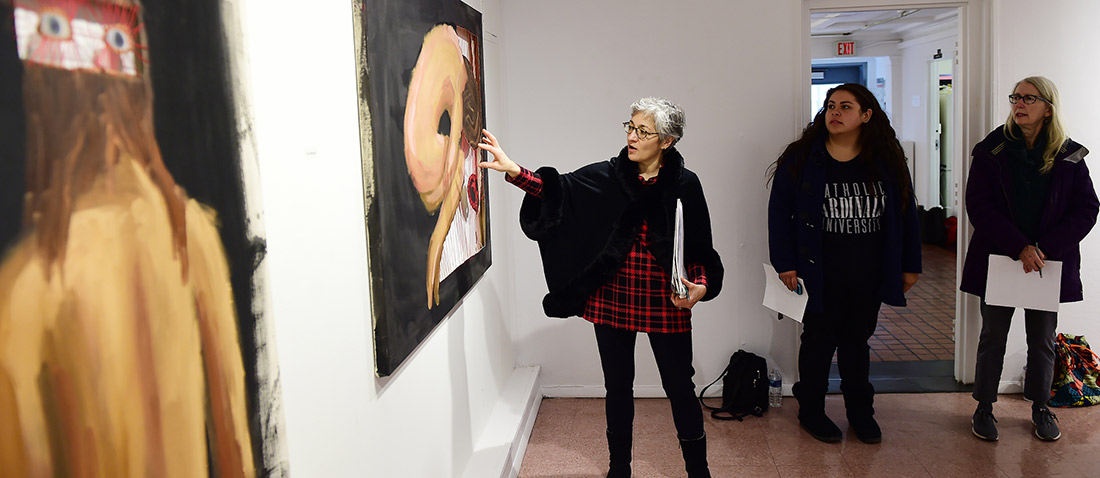
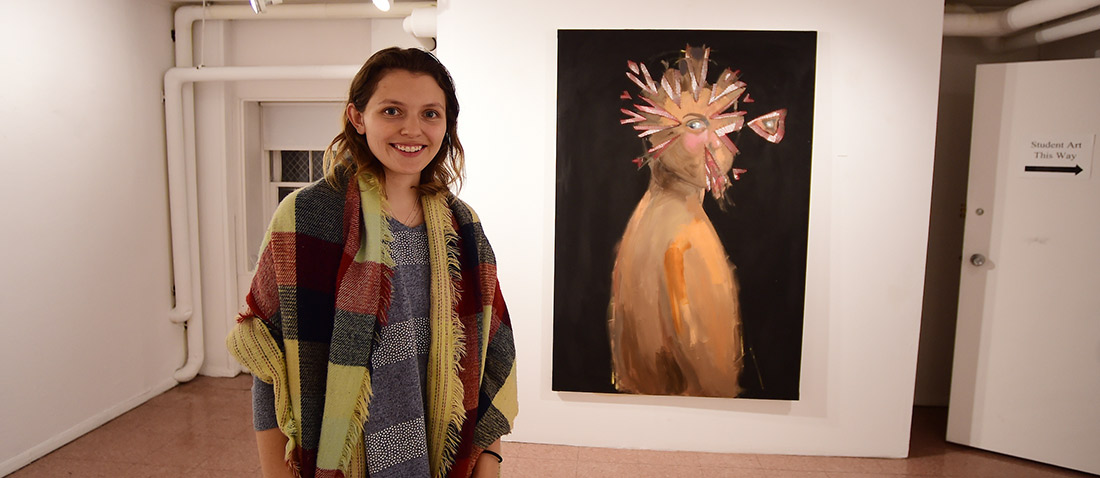
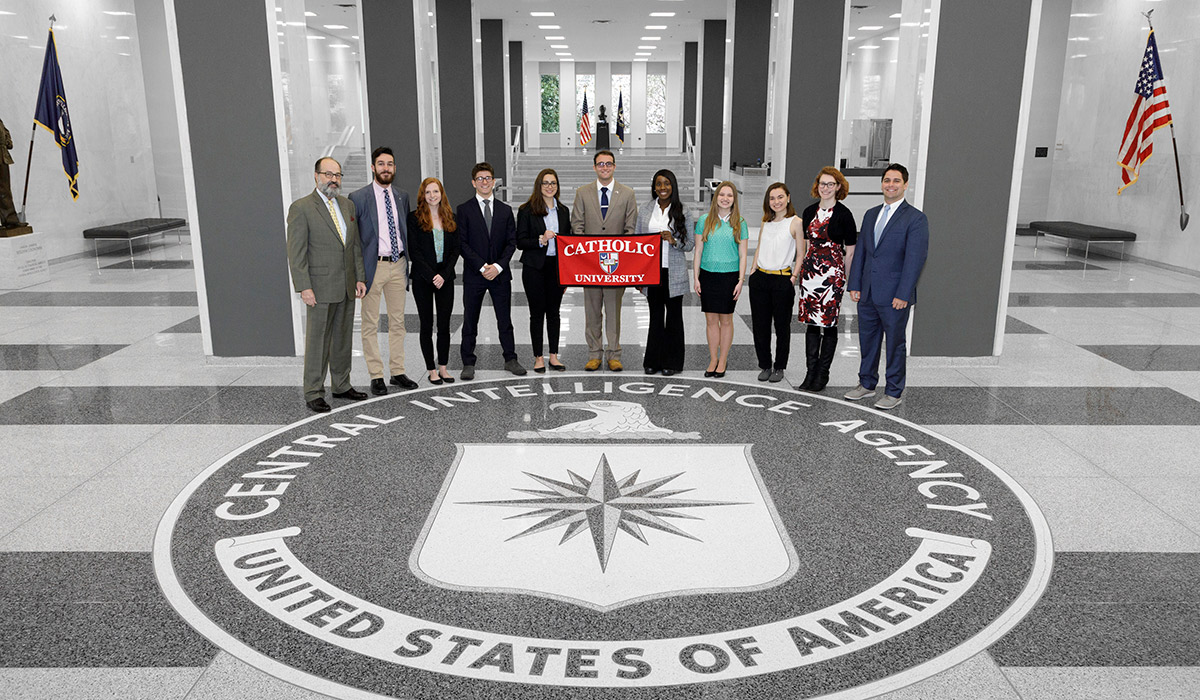
Actually, the tools and fieldcraft of secret agents is just a small part of CatholicU’s Intelligence Studies Program, which offers “a deeper understanding of the mysterious world of intelligence,” according to program lead Nicholas Dujmovic, clinical assistant professor of intelligence studies and a former CIA officer for 26 years. Leveraging his own experience and contacts, as well as CatholicU’s favorable location at the heart of the U.S. intelligence community, Dujmovic and colleagues such as former CIA Director Michael Hayden teach students about the full range of activities that intelligence agents and agencies actually do.
Find out more about the Intelligence Studies Program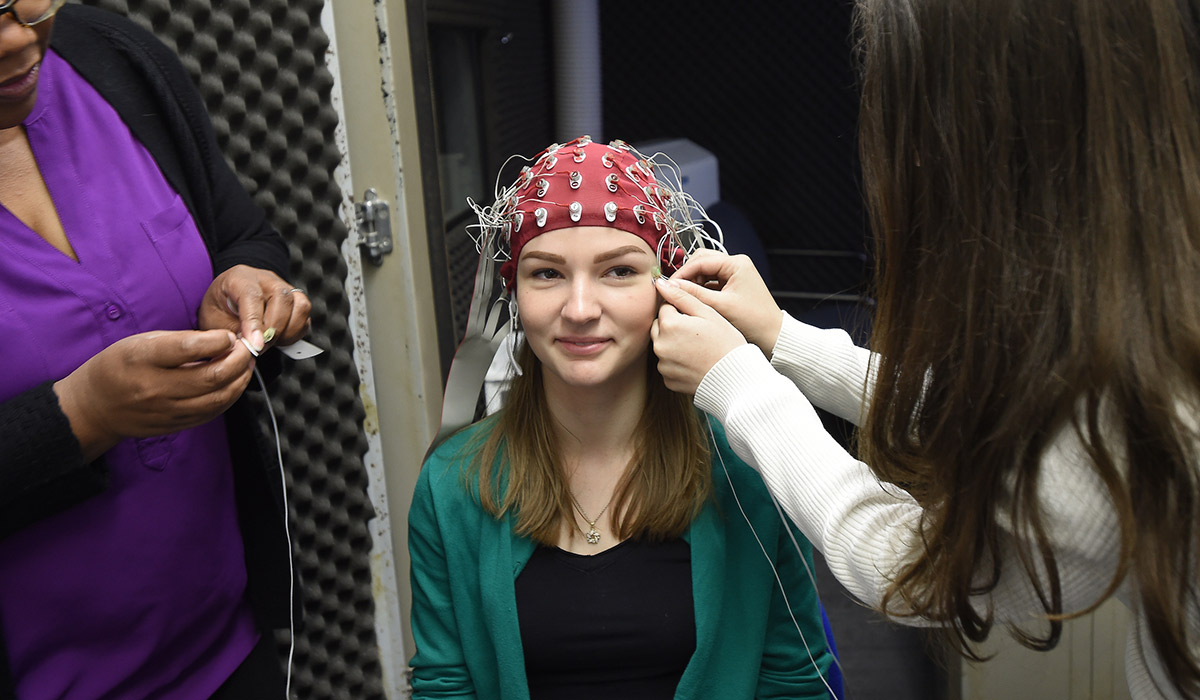
The first psychology class ever offered in the United States was convened at Catholic University. Today, psychology is one of the country’s most popular college majors, and that’s still true at CatholicU, where the Psychology Department now manages 11 research laboratories focusing on adolescents and families, child cognition and behavior, cognition and virtual reality, prospective memory, suicide prevention, and other crucial topics. For more than 125 years, psychology students and faculty at CatholicU have added significantly to the international literature on the latest developments in the field.
Learn more about the Psychology Department at CatholicU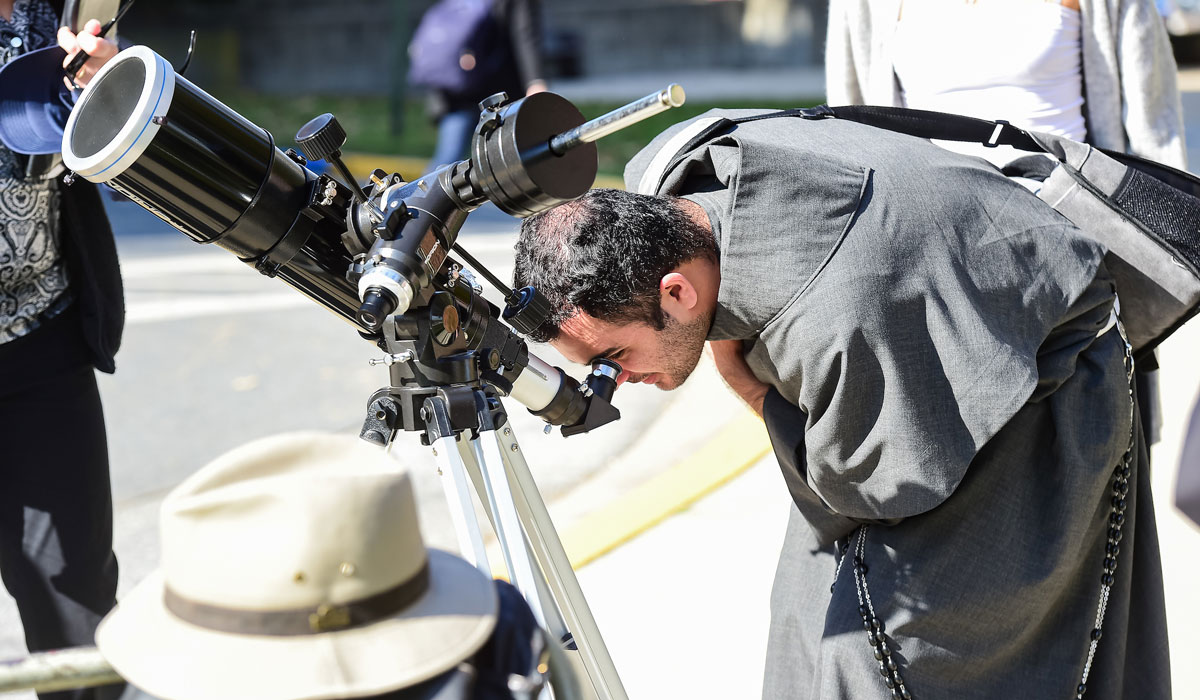
CatholicU scientist Martin Cordiner’s detection of naturally occurring molecules of Carbon 60 — otherwise known as Buckminsterfullerene — in interstellar space has radically changed astronomers’ understanding about the presence of complex molecules in the extreme, low-density environment between the stars. His pioneering research follows in the footsteps of former CatholicU mathematician Fr. Georges Lemaître (1894-1966), who was the first to derive what is now called the Hubble-Lemaître Law regarding the expansion of the universe.
Read more about Cordiner's research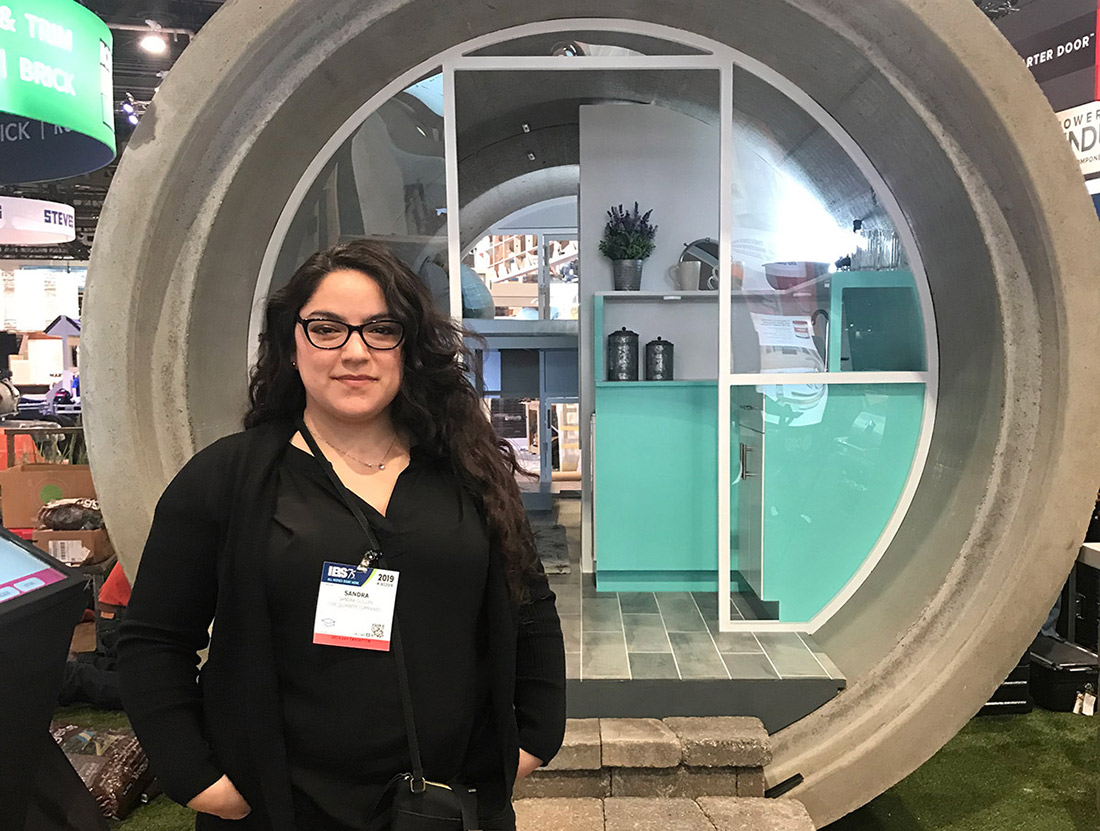
The idea of service through practice is a key tenet of the work of students and faculty in CatholicU’s School of Architecture and Planning. In one case, it inspired 60 seniors to contribute design proposals for a new public library and civic center in nearby Clarksburg, Md. In another, recent graduate Sandra Guillen was moved to create — in only 24 hours — a design for a fully functional living space that could be constructed within two sections of 96”-long, 96”-wide concrete pipe. Her ingenious layout not only earned Guillen a $5,000 prize from the American Institute of Architectural Students, but also widespread industry praise as a “perfect structure for disaster relief, homelessness, and … potentially affordable housing:”
Read more about the tiny home design competition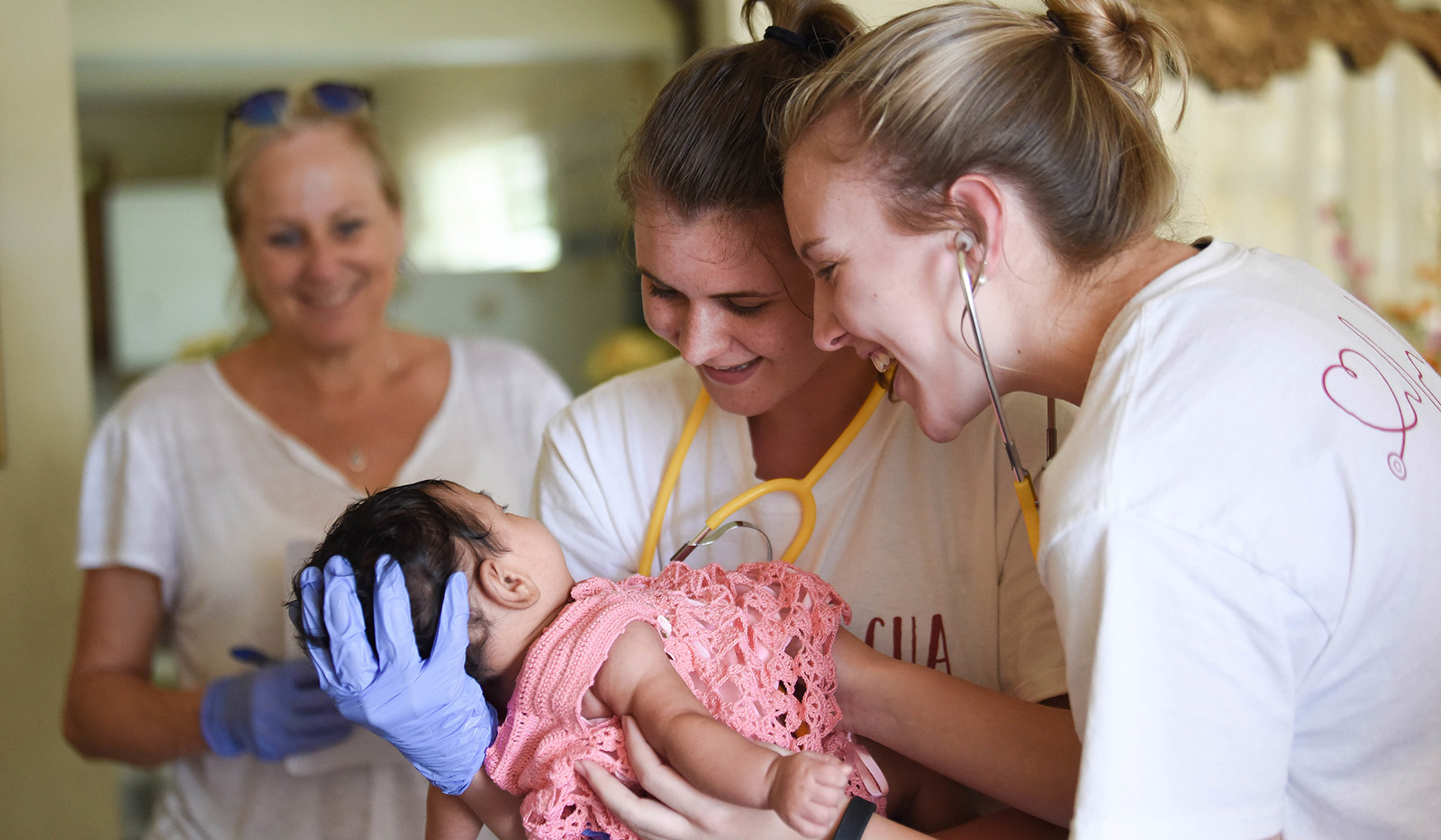
Being multi-lingual is among the biggest competitive advantages that young graduates can bring into an increasingly global and multicultural workplace. And among colleges and universities in the Washington, D.C., region, CatholicU is unique in establishing its popular Spanish for Health Care program. The collaboration between the Department of Modern Languages and Literatures and the Conway School of Nursing not only enables aspiring medical professionals to learn Spanish in order to better communicate with Spanish-speaking patients, but also further educates them about other cultural and linguistic factors that play critical roles in effective health care delivery in the Hispanic community. At the same time, students intern with a range of neighborhood nonprofits serving the Hispanic community and/or participate in service trips around the world.
Read about the Spanish for Healthcare trip to Puerto Rico

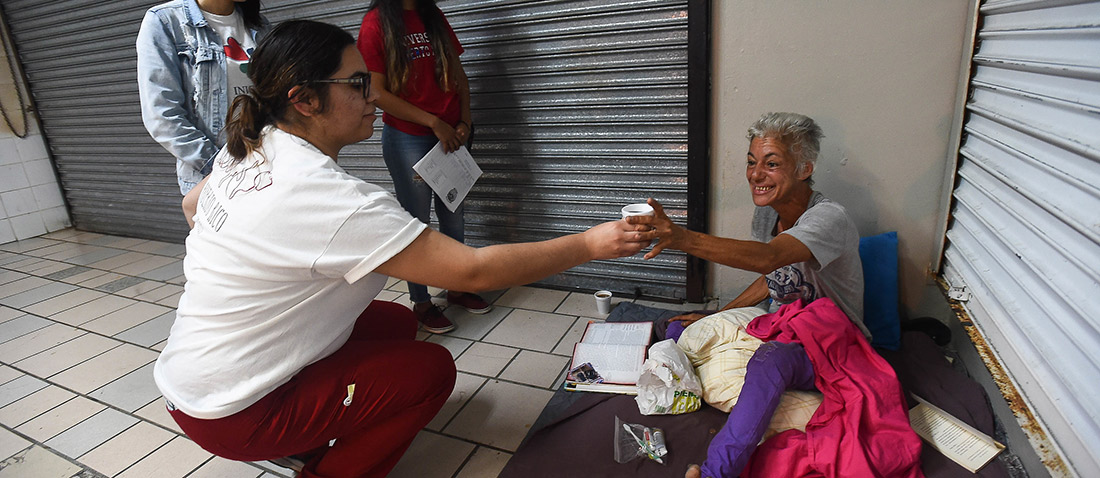
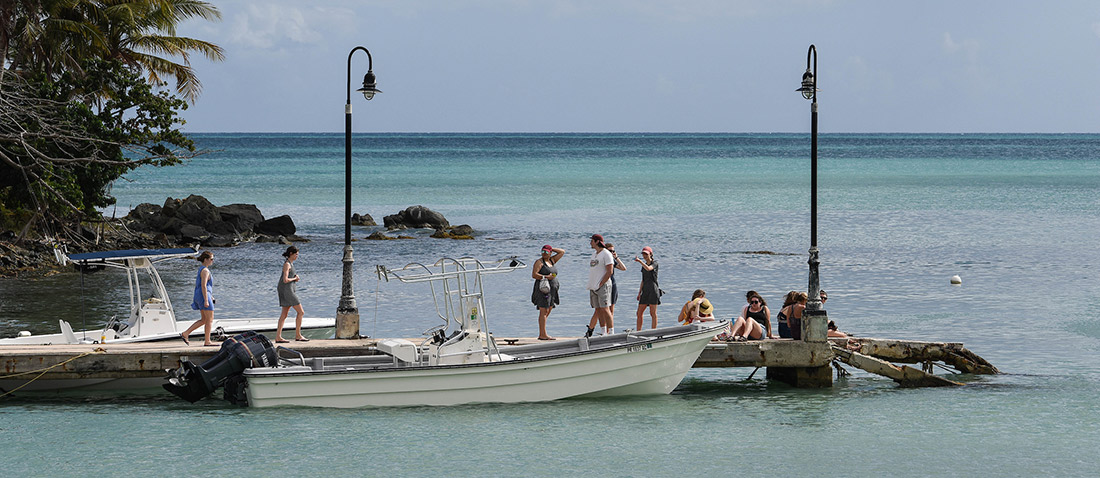
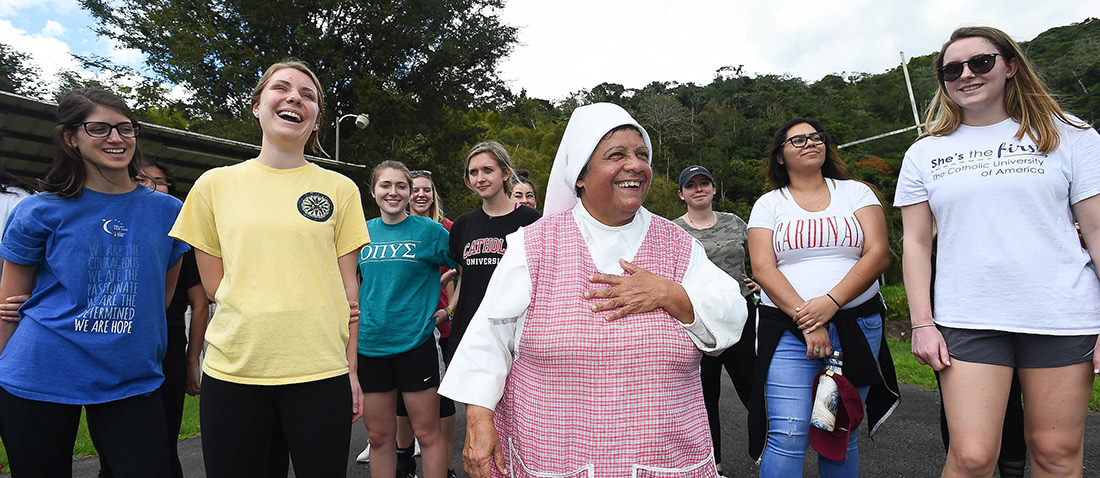
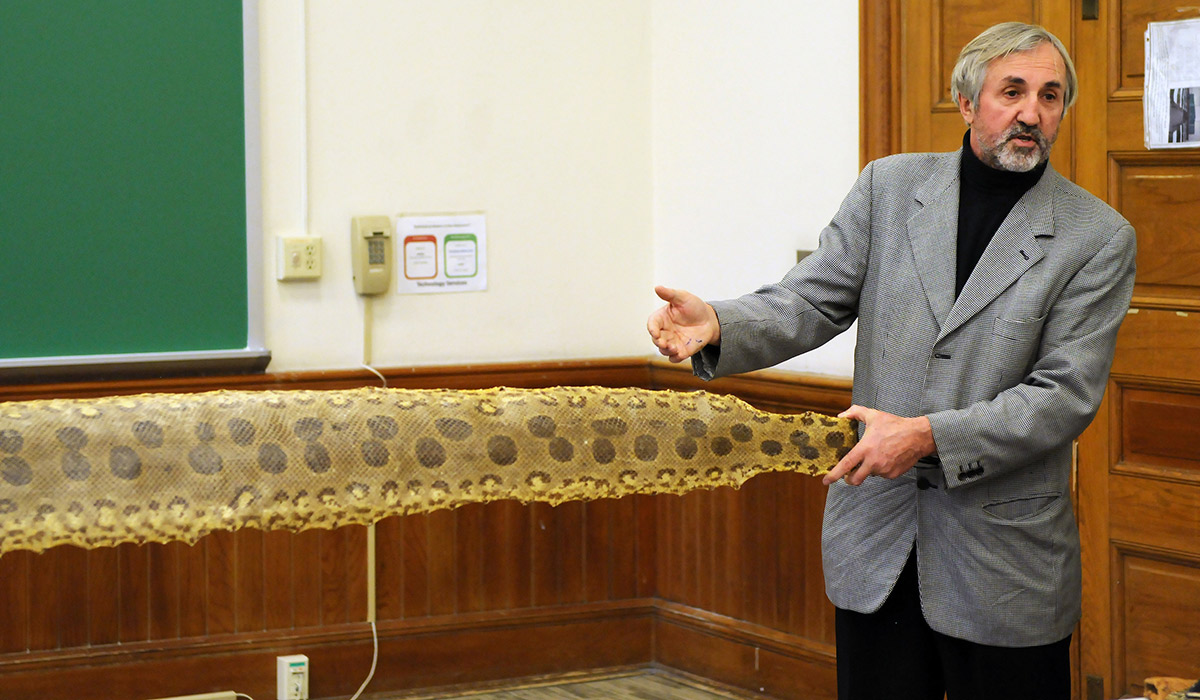
Anthropology majors sometimes take a lot of grief from comedians, politicians, and social commentators dubious about what one might do with a liberal arts degree in Anthropology. Well, in the case of Catholic University alum Mark Wilde-Ramsing, he carried his CatholicU training into a job with the North Carolina Department of Underwater Archeology directing the investigation into and recovery of Queen Anne’s Revenge, flagship of history’s most iconic pirate, Blackbeard.
Read more about Anthropology research at CatholicU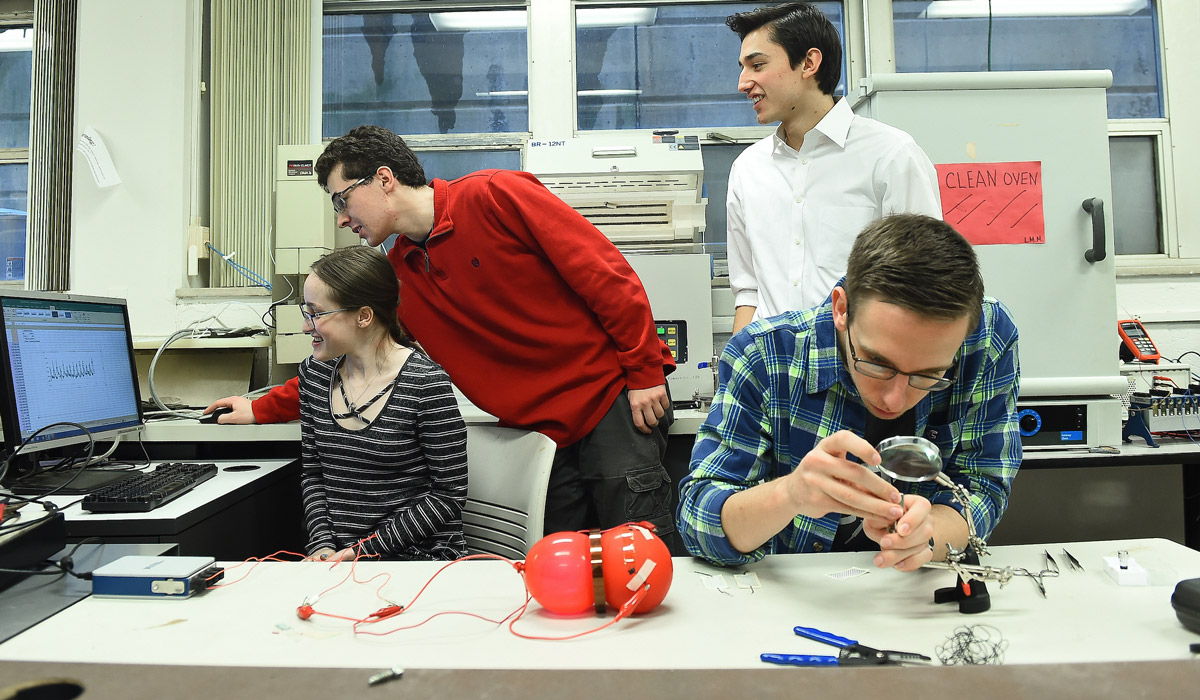
CatholicU’s School of Engineering is one of the few in the country to take on the National Academy of Engineering’s Grand Challenges Program, which seeks to inspire young engineers to find innovative solutions to real-world problems such as providing access to clean water, restoring dilapidated urban infrastructure, securing cyberspace, and making solar energy more cost-effective, among 10 other challenges. CatholicU is the only college or university in the D.C. region, and the only Catholic institution in the country, to be included in the program.
Read more about the Engineering Grand Challenges Program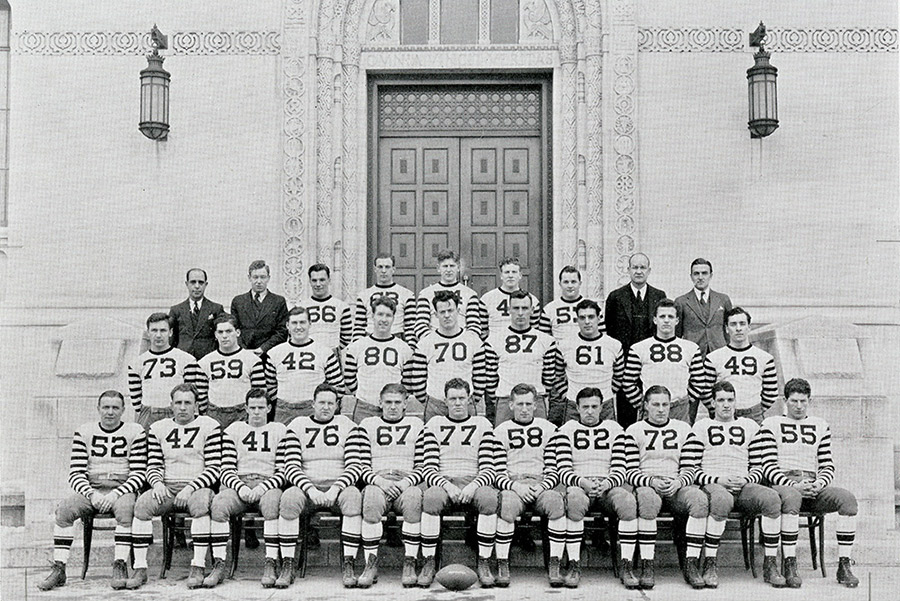
For four decades between 1910 and 1950, the CatholicU Cardinals played at the upper levels of college football. Squads from Catholic, under legendary coach Dutch Bergman, won the second Orange Bowl championship in Miami on New Year’s Day, 1936 (a thrilling 20-19 victory over Ole Miss), and competed in the 1940 Sun Bowl (a 0-0 tie with Arizona State). Although now competing at the NCAA’s Division III level, the University’s athletic leadership and coaches continue to emphasize and structure each of our 25 intercollegiate teams to maximize their contribution to student development, knowing that sports help foster qualities — hard work, resilience, cooperation, respect for others, and leadership — that are vital not only in the classroom or on the field, but also in life.
See the full list of athletic programs
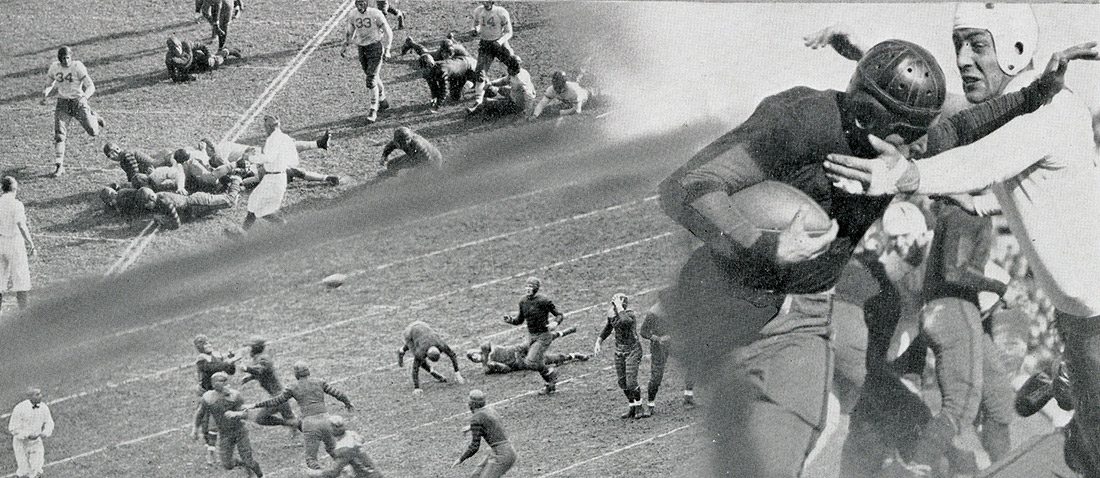

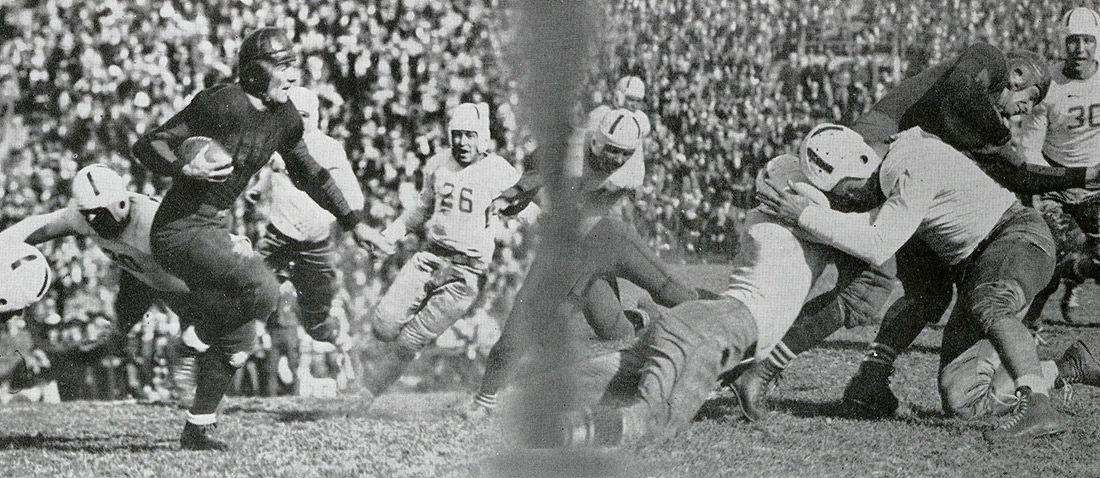


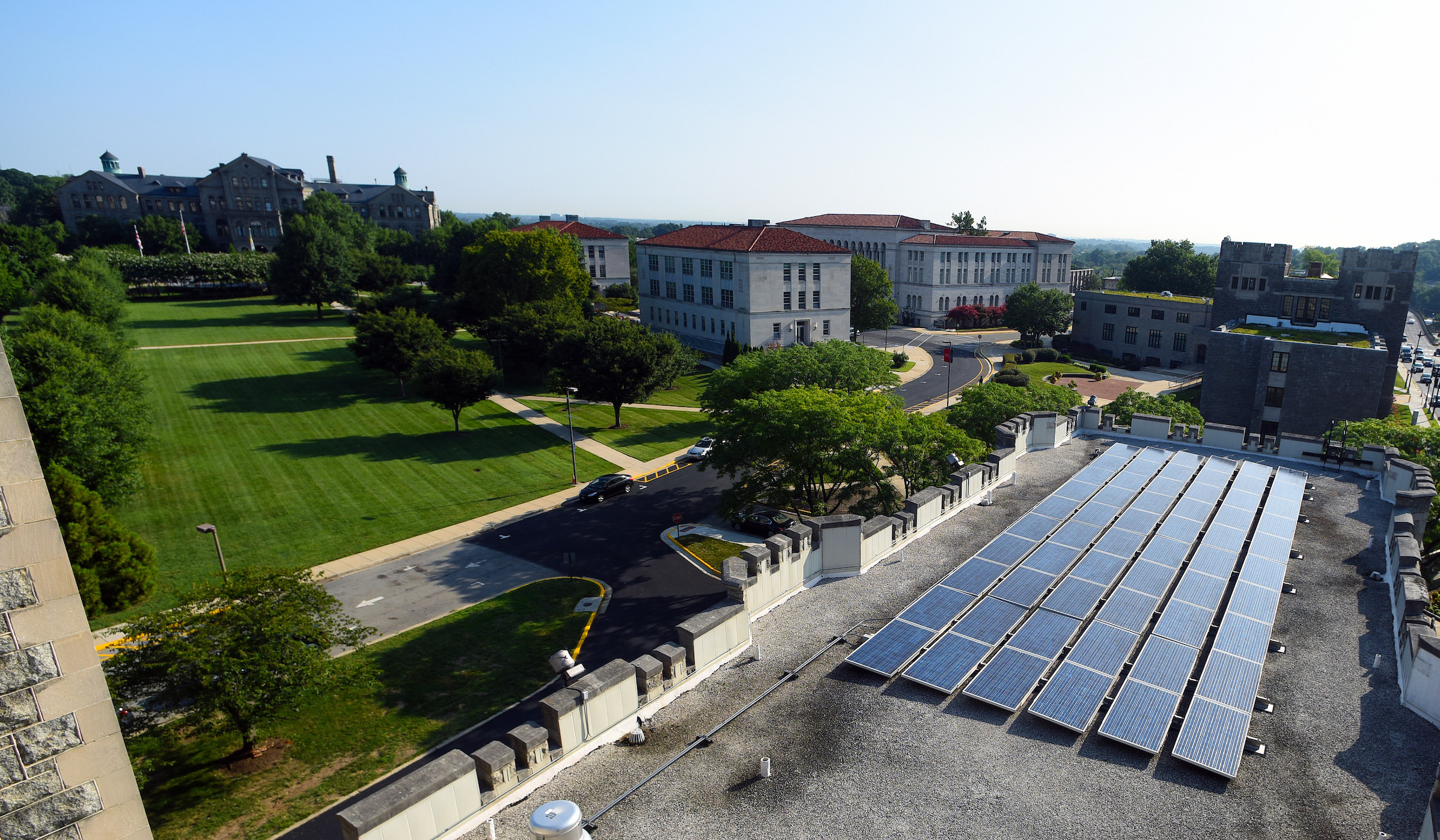
At more than 170 acres, CatholicU’s campus was already the largest and greenest in Washington, D.C. But we’re continuously getting even “greener.” The recently renovated Maloney Hall, new home to the Busch School of Business, was awarded Leadership in Energy and Environmental Design (LEED) Gold certification by the U.S. Green Buildings Council for its eco-friendly design, construction, and operating efficiency. It becomes the third CatholicU building to be LEED certified, including Opus Hall, a residence hall, and the Edward Crough Center for Architectural Studies. Several other projects — the University’s new dining commons now under construction and a planned new residence hall among them — also are designed to meet LEED certification standards.
Read more about our commitment to sustainability